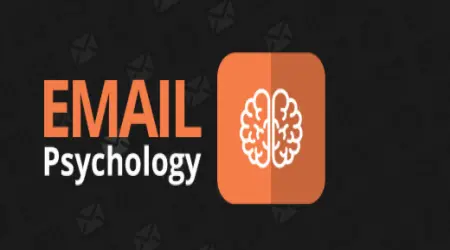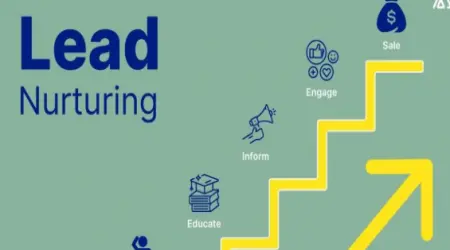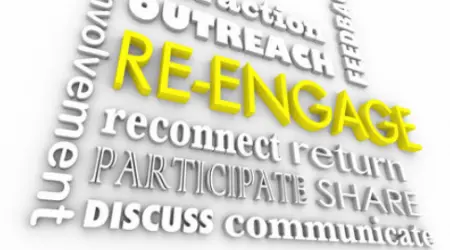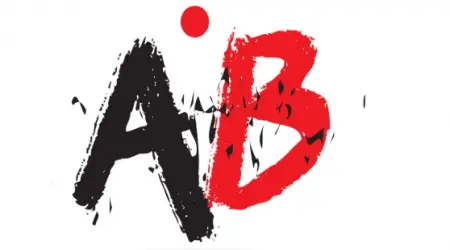
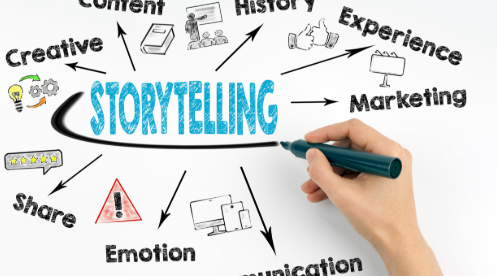
How to Use Storytelling in Email Marketing
How to Use Storytelling in Email Marketing
Stories are powerful. They grab attention, create emotional connections, and make your message memorable.
In email marketing, storytelling can transform bland messages into engaging narratives that inspire action.
This article explores how to effectively use storytelling in your emails to build relationships, trust, and conversions.
1. Why Storytelling Works in Email Marketing
Humans are wired for stories. Stories:
Engage emotions
Build empathy
Simplify complex ideas
Help people remember your message
Stories make your brand relatable and your emails stand out in crowded inboxes.
2. Types of Stories to Tell
Origin stories: How and why your business started
Customer success stories: Real-life transformations using your product/service
Behind-the-scenes: Show the human side of your brand
Overcoming obstacles: Share challenges and lessons learned
Vision and mission: Stories about what drives you
3. Structure Your Email Like a Story
Good stories have:
A beginning: Set the scene
A middle: Present a conflict or challenge
An end: Show resolution and takeaway
Even short emails benefit from this structure.
4. Use Vivid, Sensory Language
Help readers see, hear, and feel your story.
Avoid jargon. Use concrete details to create mental images.
5. Incorporate Characters and Emotions
Make your stories personal with real people—whether that’s you, a customer, or an employee.
Tap into emotions like hope, fear, joy, or surprise.
6. Connect the Story to Your Offer
Stories should naturally lead to the value of your product or service without sounding salesy.
Show how your offer solves the problem or helps the character succeed.
7. Keep It Authentic and Transparent
Authenticity builds trust. Avoid exaggerated claims or overly polished stories.
Be honest about struggles and imperfections.
8. Use Stories to Build a Series
Create a sequence of emails telling a longer story over time.
Cliffhangers or teasers encourage subscribers to open the next email.
9. Include a Clear Call to Action
End with a simple, clear CTA that relates to the story—whether it’s to learn more, reply, or make a purchase.
10. Test and Analyze Storytelling Emails
Track engagement metrics and adjust your storytelling style based on what resonates.
Final Thoughts: Stories Build Bridges in Email Marketing
Incorporating storytelling into your emails helps your audience connect with your brand on a deeper level.
Use stories to educate, entertain, and inspire—and watch your email engagement soar.
